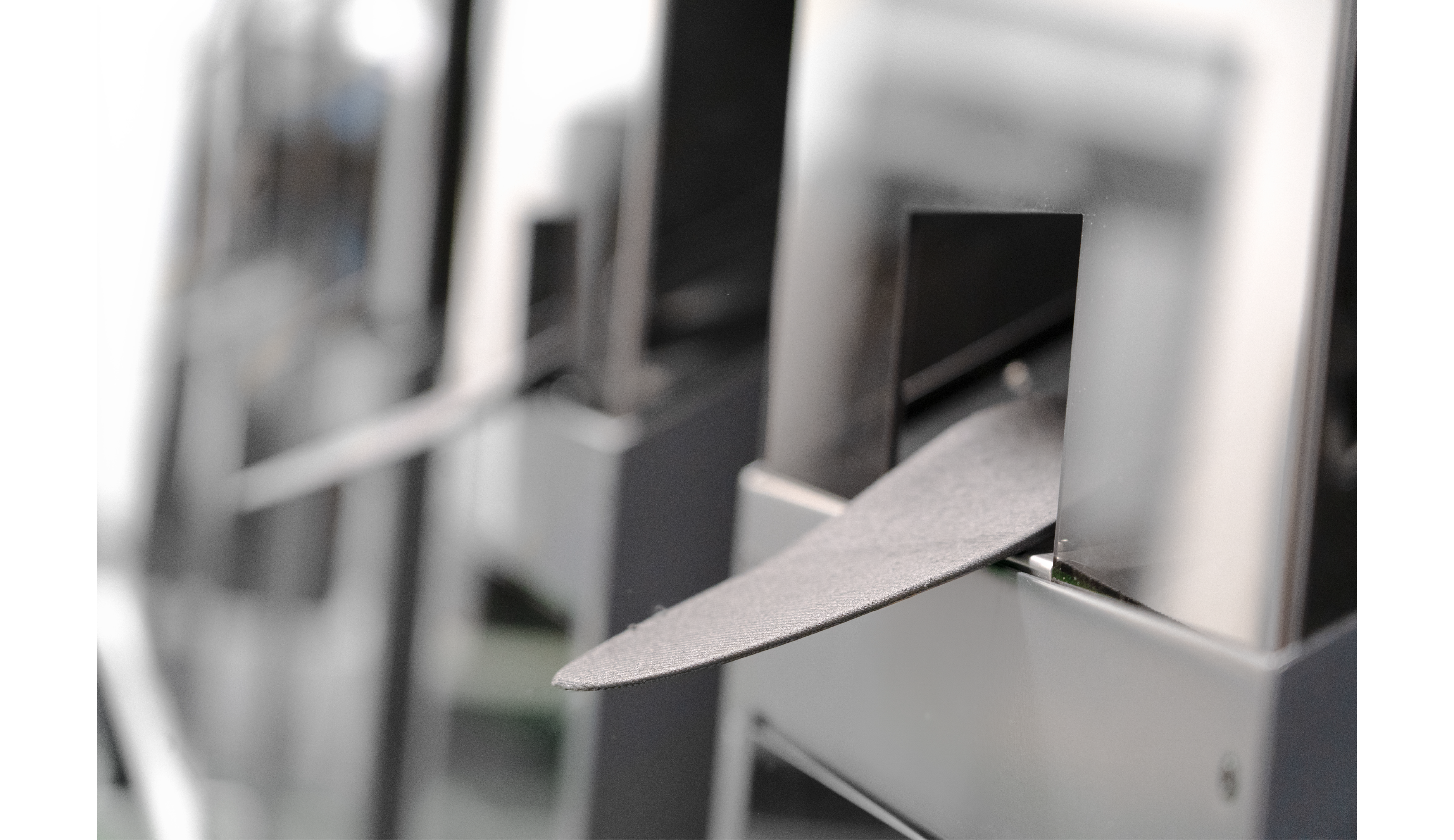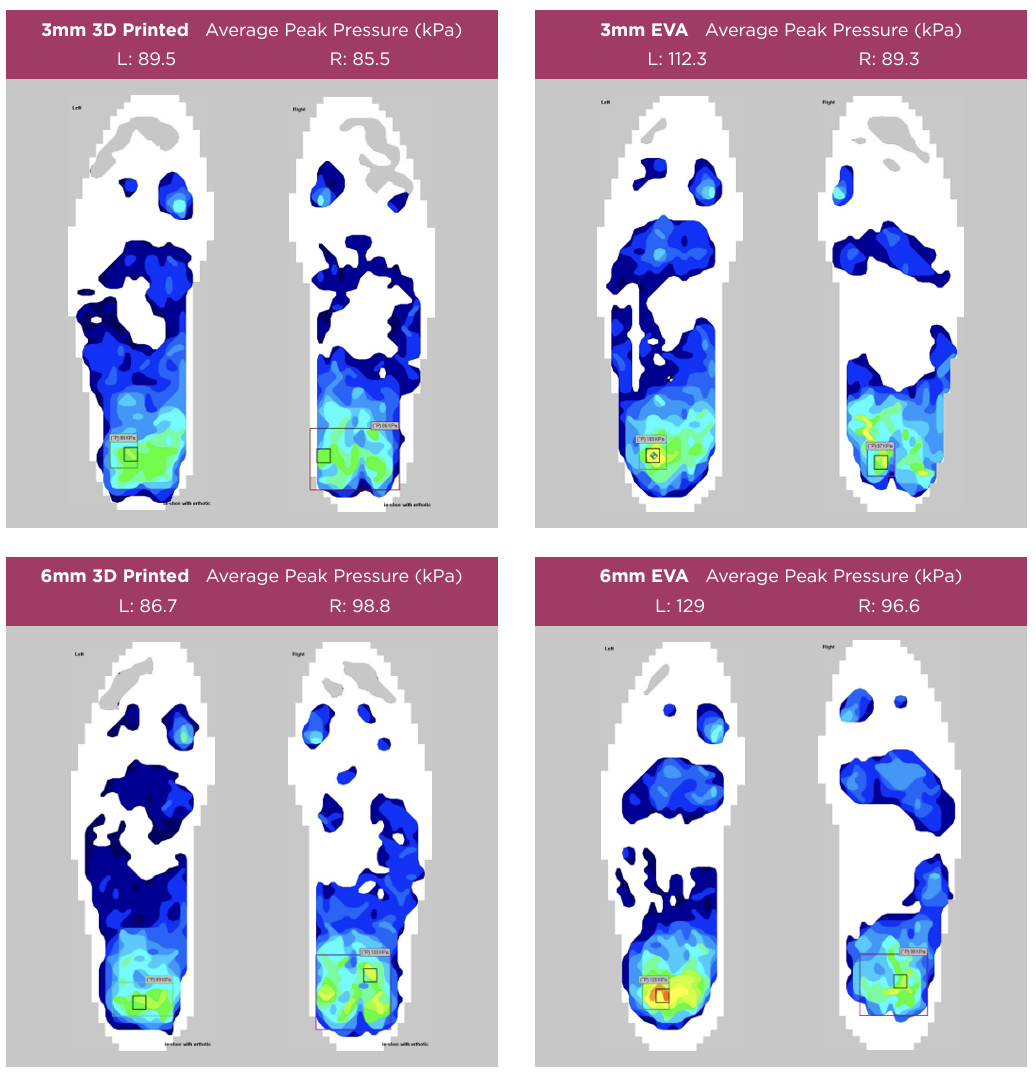At Qwadra, our dedication to revolutionizing orthotic solutions drives us to continually innovate and enhance our product offerings. In the last year we have equipped Steeper in Leeds, with 11 Arkad 3D printers, 4 Arkad software systems and 4 Arkad scanners. Steeper have recently been working with the University of Hull to research the impact of this digital solution and we are so excited to share the results of this study.

Dr. Harriet Talbott, the esteemed Medical Engineering Programme Director at the University of Hull, led a comprehensive trial to evaluate our Arkad end-to-end system for 3D printing insoles. This study is a crucial step forward, offering scientific validation for including our insoles in the care plans for individuals with diabetic neuropathy—a condition marked by a loss of sensation in the feet, which significantly increases the risk of developing foot ulcers.
The study employed cutting-edge techniques and rigorous testing protocols to ensure accurate and reliable results. Here’s an overview of the process and key findings:
Participant Involvement and Testing Procedures: Five participants were involved in the study, each undergoing 120 tests. The tests compared the plantar pressures of Qwadra’s 3D-printed insoles to those of traditional Ethylene Vinyl Acetate (EVA) insoles. The insoles were tested at base depths of 3mm and 6mm to assess their effectiveness in various scenarios.
Insole Composition: Both types of insoles were manufactured from medium-density materials and included a 3mm grey poron top cover. Additionally, insoles with 1st and 5th Met pink poron plugs were analyzed to evaluate targeted pressure offloading capabilities.
Pressure Measurement Techniques: The study utilized TekScan technology and finite element analysis to measure the in-shoe pressures, providing a comprehensive view of each insole’s performance in reducing plantar pressures compared to barefoot conditions.
Comparison at 3mm Depth: The 3D-printed insoles recorded an average plantar pressure of 90.7 kilopascals (kPa), compared to 94.7 kPa for the 3mm EVA insoles. While the difference is slight and not statistically significant, it demonstrates that 3D-printed insoles perform at least as well as traditional EVA insoles.
Comparison at 6mm Depth: For the 6mm depth insoles, the 3D-printed versions showed an average plantar pressure of 82.2 kPa, while the EVA insoles averaged 95.2 kPa. This indicates a statistically significant improvement in pressure reduction for the 3D-printed insoles at this depth.
Barefoot Comparison: Both types of insoles provided significant relief from the high average barefoot plantar pressures of 182 kPa. This underscores their effectiveness in reducing foot pressures, a critical factor in preventing ulceration for diabetic patients.
Site-Specific Offloading: The study found that the site-specific offloading capabilities, as tested with pink poron plugs, were equally effective in both the 3D-printed and EVA insoles. This indicates that targeted pressure relief is maintained regardless of the insole material.
Safety and Ulceration Risk: Importantly, none of the insoles tested produced plantar pressures high enough to trigger ulceration, highlighting their safety and suitability for diabetic patients.

We extend our deepest gratitude to Dr. Harriet Talbott and her team at the University of Hull for their meticulous research and dedication. Their study not only validates the efficacy of our Arkad system but also supports their integration into comprehensive care plans for diabetic patients.
For more information on our 3D-printed insole products and to access our prescription guide, please email us info@qwadra.thrive-production.fr.